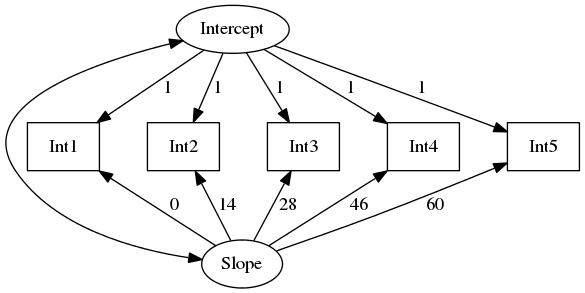Die Alternative für Deutschland (AfD) ist eine der erfolgreichsten Partei-Neugründungen in der Geschichte der Bundesrepublik. Ein knappes halbes Jahr nach ihrer Gründung rückte sie bei der Bundestagswahl bis auf 27.000 Wählerstimmen an die abgeschlagene FDP heran und verfehlte damit denkbar knapp die Fünfprozenthürde. Bei der Europawahl im Mai 2014 überflügelte sie nicht nur die FDP sondern auch die CSU und erzielte damit im Ergebnis genau so viele Sitze wie die LINKE. Seitdem ist die Partei bei fünf Landtagswahlen (Sachsen, Brandenburg und Thüringen im Spätsommer 2014, Hamburg und Bremen im Februar bzw. Mai 2015) angetreten und konnte dabei stets die Fünfprozenthürde überwinden. Dabei übertraf das Ergebnis in Brandenburg mit 12,6% deutlich die bisherigen Spitzenwerte für Parteien rechts der Union.1
Ob die AfD mit diesen Parteien vergleichbar ist, ist allerdings keineswegs ausgemacht, und auch innerhalb der Partei wird die Frage nach der programmatischen Ausrichtung höchst kontrovers diskutiert, wie der gegenwärtige Führungsstreit zeigt. Vier neue Publikationen versprechen hier Orientierung. Alle fünf Autoren stehen der AfD in hohem Maß kritisch gegenüber; die meisten bezeichnen sich selbst als “links”

